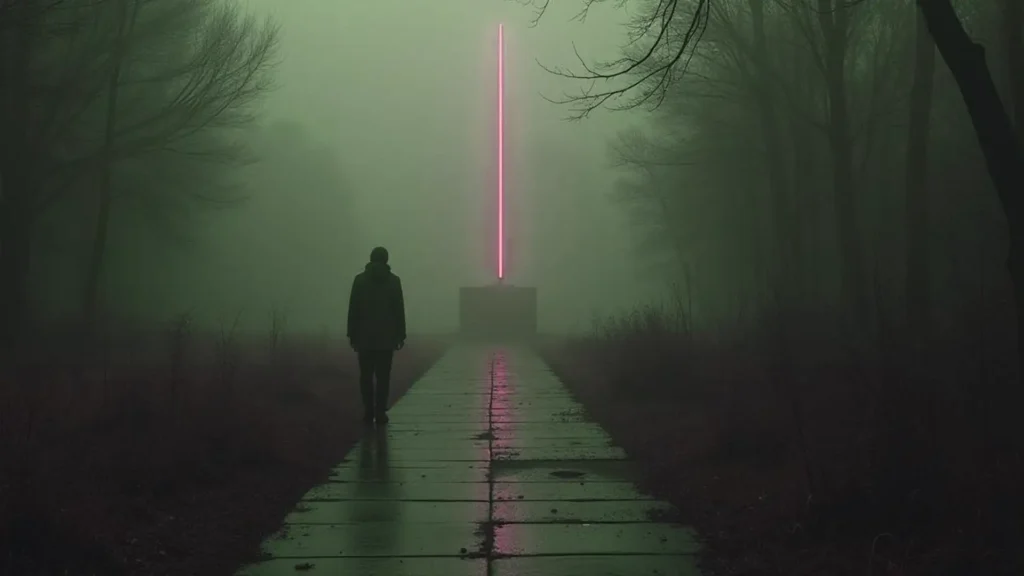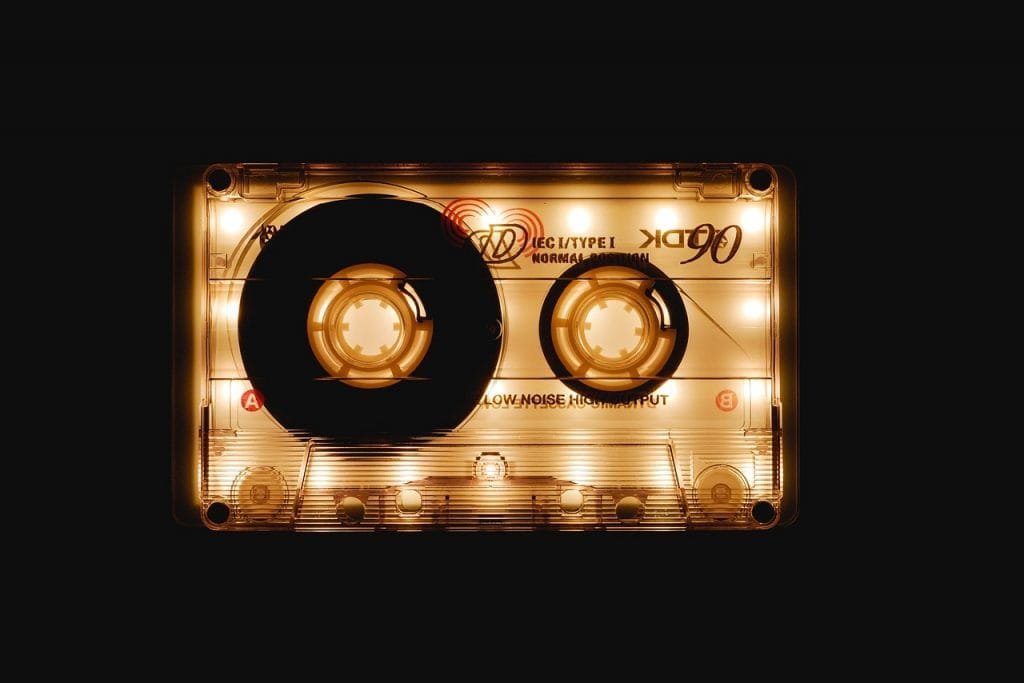As we enter 2025, drone music stands at a fascinating crossroads between tradition and innovation. This ancient form of musical expression has undergone remarkable transformations, shaped by technological advancements and changing cultural landscapes. This comprehensive analysis explores the current state of drone music, examining how traditional practices merge with cutting-edge technology to create new sonic possibilities.
Digital Revolution and Traditional Preservation
The Rise of Neural Sound Design
The integration of neural networks and machine learning has revolutionized drone music production. Artists now utilize AI-powered tools to generate complex, evolving drone textures while maintaining creative control over the final output. This technological advancement has democratized the creation of sophisticated drone compositions, allowing emerging artists to explore previously inaccessible sonic territories.
Preservation of Traditional Techniques
Despite technological advances, traditional drone music practices continue to thrive. The resurgence of interest in analog synthesizers and traditional instruments like the tanpura and didgeridoo demonstrates a growing appreciation for organic sound sources. Many contemporary artists combine these traditional elements with modern technology, creating unique hybrid approaches to drone composition.
Virtual Spaces and Global Collaboration
The Emergence of Virtual Performance Spaces
Dedicated virtual venues for drone music have become increasingly popular, offering immersive experiences that transcend physical limitations. These digital spaces provide unique opportunities for extended drone performances and installations, allowing artists to create site-specific works that exist purely in the virtual realm.
Cross-Cultural Collaboration
Digital platforms have facilitated unprecedented collaboration between drone musicians from different cultural traditions. These partnerships have led to innovative fusion styles that blend diverse approaches to sustained sound, creating rich new sonic territories while preserving cultural authenticity.
Technical Innovations
Quantum Sound Processing
Early experiments with quantum computing in audio processing have begun to yield interesting results for drone music. While still in its infancy, this technology promises to unlock new possibilities in sound generation and manipulation, particularly in the creation of complex, evolving timbres.
Spatial Audio Advancements
Enhanced spatial audio technologies have transformed how drone music is experienced. Multi-channel systems and advanced binaural processing allow for more immersive and physically affecting drone experiences, whether in physical venues or virtual spaces.
Cultural Impact and Applications
Therapeutic Applications
The use of drone music in therapeutic settings has expanded significantly, supported by growing research into its psychological and physiological effects. Healthcare institutions increasingly incorporate drone-based sound therapy into their treatment programs, particularly for stress reduction and pain management.
Environmental Awareness
Drone musicians have become increasingly engaged with environmental issues, incorporating field recordings of endangered soundscapes and using their work to draw attention to ecological concerns. This has led to a new sub-genre focused on environmental awareness and preservation.
Community and Distribution
Decentralized Platforms
The drone music community has embraced decentralized platforms for distribution and collaboration, ensuring artists maintain control over their work while fostering direct connections with audiences. These platforms have created new economic models for sustaining long-form and experimental work.
Festival Evolution
Traditional drone music festivals have evolved into hybrid events, combining physical gatherings with virtual spaces. These events often feature extended performances that can be experienced both in person and through virtual platforms, reaching global audiences while maintaining local community connections.
Current Trends and Practices
Minimalist Revival
A renewed interest in minimalist approaches has emerged, with artists exploring the intersection of traditional drone techniques and modern technology. This movement emphasizes the fundamental qualities of sustained sound while incorporating contemporary production methods.
Generative Compositions
AI-assisted generative drone compositions have gained prominence, allowing for endless variations and evolving pieces that respond to various inputs, from environmental data to audience interaction.
Technical Challenges and Solutions
Bandwidth and Latency
The growth of virtual performances has led to innovations in addressing bandwidth and latency issues, crucial for maintaining the integrity of drone music’s sustained sounds in digital spaces.
Storage and Archival
New compression technologies specifically designed for long-form drone music have emerged, addressing the challenges of storing and streaming extended performances without compromising audio quality.
Future Directions
Emerging Technologies
Several technologies on the horizon promise to further transform drone music:
- Enhanced neural synthesis techniques
- Improved quantum processing capabilities
- Advanced spatial audio systems
- New interfaces for sound manipulation
Cultural Evolution
The continued globalization of drone music suggests future developments in:
- Cross-cultural fusion styles
- New performance contexts
- Innovative collaborative approaches
- Environmental and social applications
Drone Music in 2025
The state of drone music in 2025 reflects a dynamic balance between preservation and innovation. While maintaining connections to its ancient roots, the genre continues to evolve through technological advancement and cultural exchange. The combination of traditional practices with cutting-edge technology has created a rich landscape for artistic expression, suggesting a future where drone music plays an increasingly significant role in both artistic and therapeutic contexts.
As we look toward the future, the fundamental appeal of sustained sound continues to resonate with audiences worldwide, while new technologies and approaches ensure the genre remains vital and relevant. The ongoing dialogue between tradition and innovation promises to yield exciting developments in the years to come, maintaining drone music’s position at the forefront of sonic exploration.





